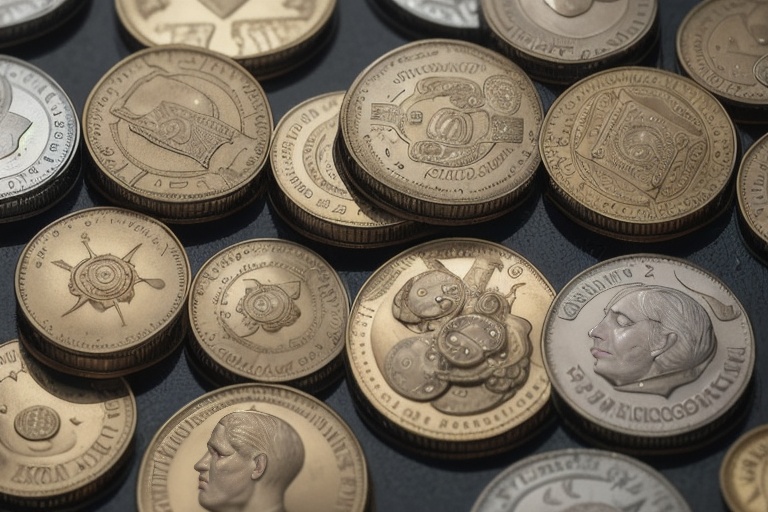The introduction of new banknotes and coins is a pivotal event in the life of a nation's currency. It symbolizes not only the evolution of the economy but also the progress in security measures and aesthetic appeal reflecting the country's culture and identity. The South African Reserve Bank (SARB), guardian of the nation's currency, upholds a rigorous and methodical approach to this process, ensuring that the transition from old to new currency is executed with the utmost efficiency, security, and public confidence.
The introduction of new banknotes and coins is a pivotal event in the life of a nation's currency. It symbolizes not only the evolution of the economy but also the progress in security measures and aesthetic appeal reflecting the country's culture and identity. The South African Reserve Bank (SARB), guardian of the nation's currency, upholds a rigorous and methodical approach to this process, ensuring that the transition from old to new currency is executed with the utmost efficiency, security, and public confidence.
The Well-Planned Introduction of Currency
When the SARB plans to introduce new banknotes and coins, this process commences years in advance of the actual release. The transition period is a well-calculated phase allowing the general public to continue using old banknotes and coins alongside new ones, preventing financial disruption or public confusion.
Strategies for Withdrawing Old Currency
The SARB employs several strategies to gradually withdraw old currency, one of which is controlling the issuance of new banknotes and coins. This measured release of new currency dilutes the presence of older notes and coins over time. By carefully managing this process, the SARB provides a sufficient window for individuals and businesses to spend or deposit their old currency, thereby maintaining a stable flow within the economy.
Another key tactic is to rally the public to partake in the update by depositing their old banknotes and coins at their banking institutions. Financial establishments are instrumental in this strategy, as they are mandated to accept the old currency and facilitate its return to the SARB.
Secure Destruction of Withdrawn Currency
As old currency is collected, it is transported to the SARB's Currency Management Department, where it is methodically destroyed. This process uses state-of-the-art machinery to shred old banknotes and coins into fine particles, rendering them unusable. But the process doesn't end there. To ensure complete decommission, the shredded remnants are incinerated, eliminating any possibility of the old currency reentering circulation.
Educating the Public
Parallel to the logistical aspects of currency transition, the SARB places a high emphasis on public education regarding new banknotes and coins. Informative campaigns are launched to apprise the public of changes in the design, enhanced security features, and how to identify and authenticate the new currency. This education is paramount to instilling a sense of trust and familiarity with the new money, thus fostering a seamless transition period.
Conclusion
In summary, the replacement of old banknotes and coins in South Africa is a task meticulously orchestrated by the SARB. It's a process marked by prudent planning, careful execution, and thorough communication with the public. Limiting the new currency issuance and encouraging the return of the old currency are effective strategies to ensure a gradual and systematic withdrawal from circulation. Such efforts, coupled with robust security methods for the destruction of old currency and ongoing public education, affirm the SARB's commitment to sustaining a stable and secure monetary system. The profound understanding and meticulous planning demonstrated by SARB serve not only to maintain the currency's functional integrity but also to uphold the public's confidence in their nation's monetary instruments.
Information for this article was gathered from the following source.


![The Coin Collecting Bible: [5 in 1] The Most Complete and Updated Guide from Beginners to Advanced to Buy and Sell the TOP and Rare Coins of All Time](https://m.media-amazon.com/images/I/61Mo3wwmNeL._AC_UL320_.jpg)

